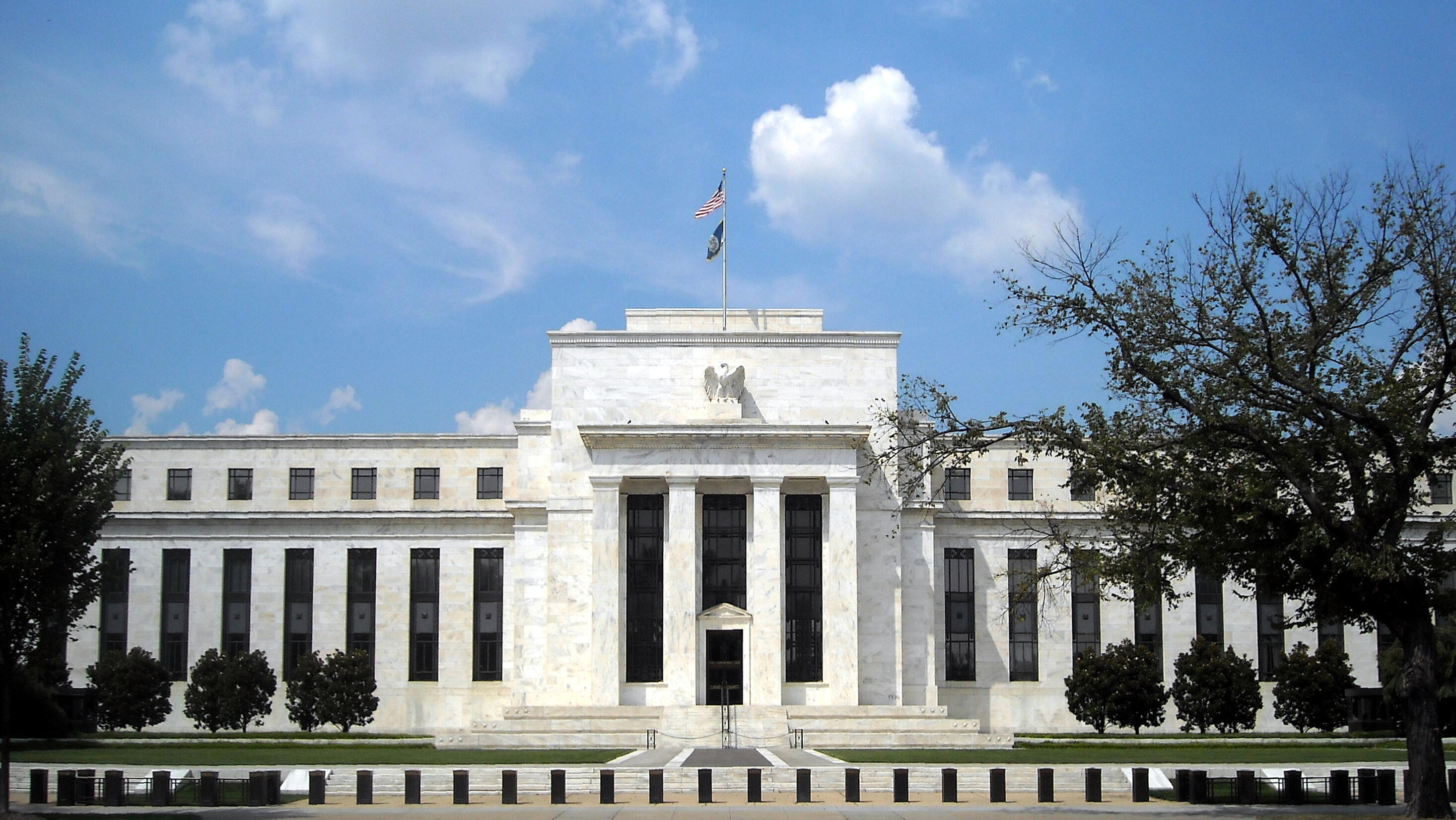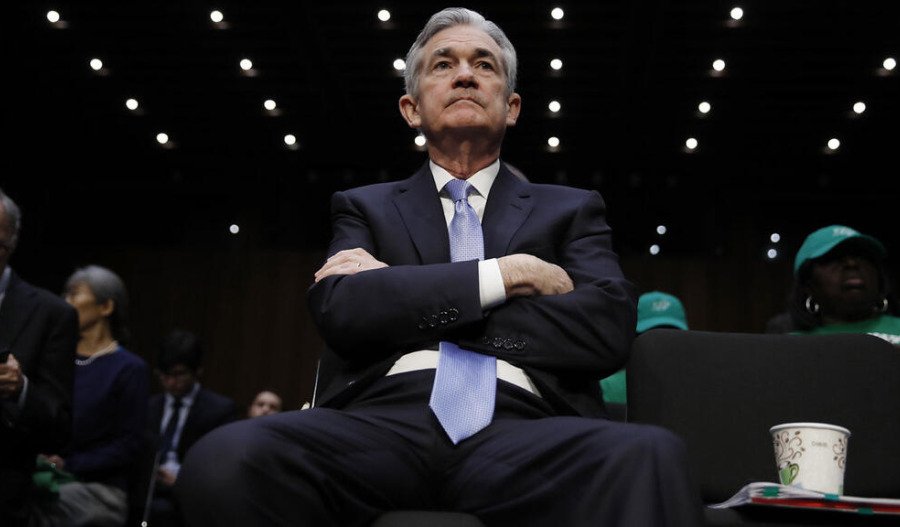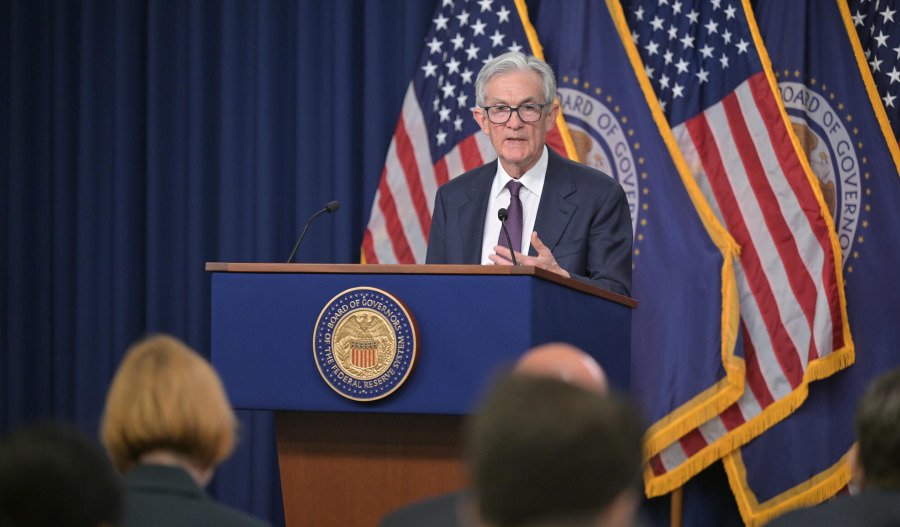For the fourth consecutive meeting, Jerome Powell's United States Federal Reserve has held rates steady between 4.25%-4.5%, maintaining its previously stated forecast.
Powell said the rates hold was a calculated defensive manoeuvre against an economic enemy that last reared its head in the early 1980s: stagflation.
The Fed's latest projections show GDP growth slashed to a meagre 1.4% as inflation surges to 3%, while unemployment forecasts have been revised upward to 4.5%, signalling labour market deterioration even as price pressures mount.
The catalyst? The Fed alludes that Trump's tariff offensive weaponised uncertainty.
During his press conference, Powell acknowledged that tariffs were "beginning to see some effects" on inflation, yet the Fed finds itself tactically constrained, unable to deploy traditional monetary tools without risking economic stagnation or inflationary acceleration.
“Uncertainty about the economic outlook has diminished but remains elevated,” the Fed said in a statement.
The political dimension adds another layer of complexity to this economic battlefield.
Trump has characterised Powell as "stupid" for refusing to cut rates, demanding that the federal funds rate be slashed by at least two percentage points.
Government debt servicing costs are approaching US$1.2 trillion annually - exceeding all budget items except Social Security and Medicare.
The central bank's own Beige Book reveals businesses and households postponing economic decisions amid tariff uncertainty, creating a feedback loop of economic hesitancy that threatens to become self-fulfilling.
While maintaining their forecast for two rate cuts this year, policymakers have pared back expectations for 2026 - now seeing rates fall only to 3.6% versus the previously anticipated 3.4%.
This recalibration signals the Fed's recognition that tariff-induced inflationary pressures may prove more persistent than initially anticipated.
A Reuters poll of 105 economists found 55% expect the Fed to resume cutting only in September, with a significant 42% minority predicting no cuts until Q4 or later.
The Fed's next moves - or lack thereof - will determine whether 2025 becomes the year when stagflation returns.



